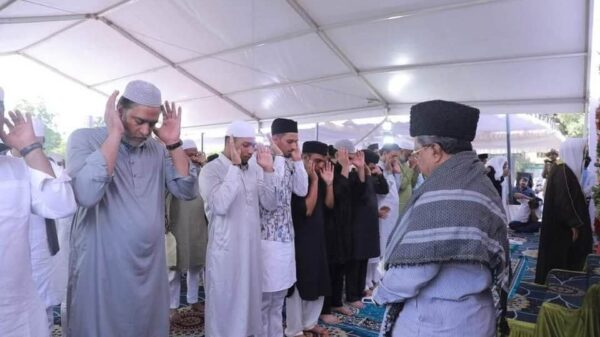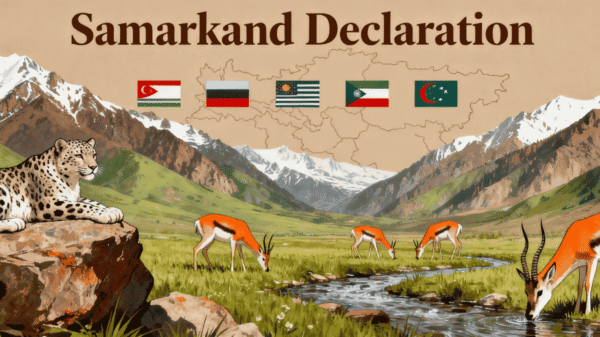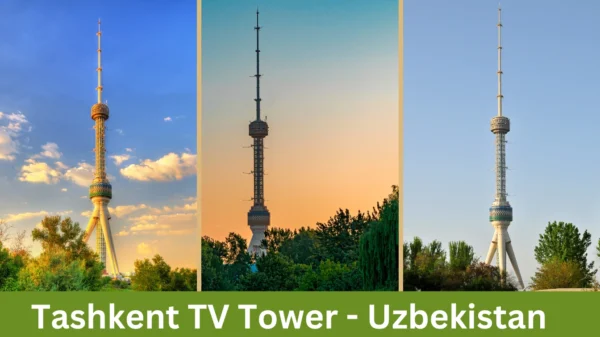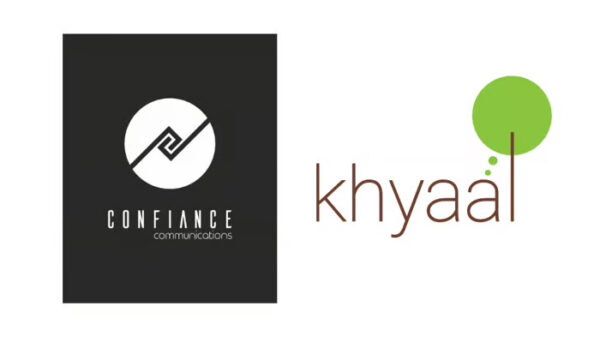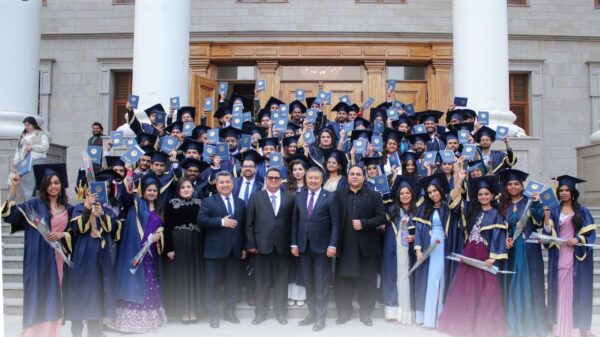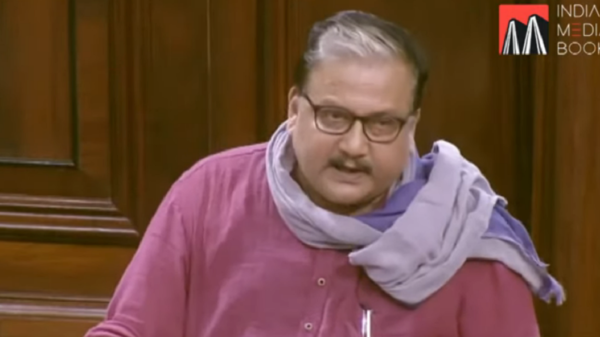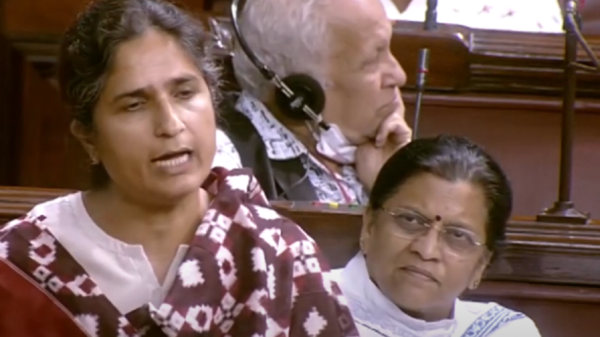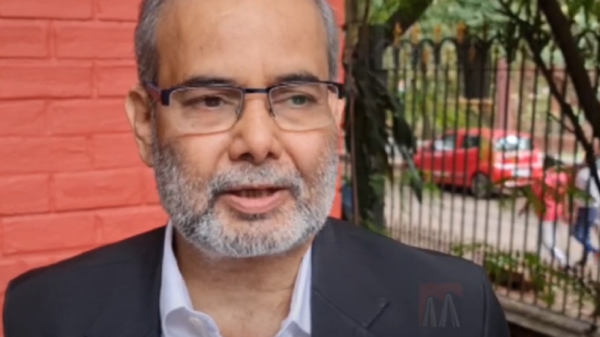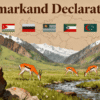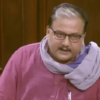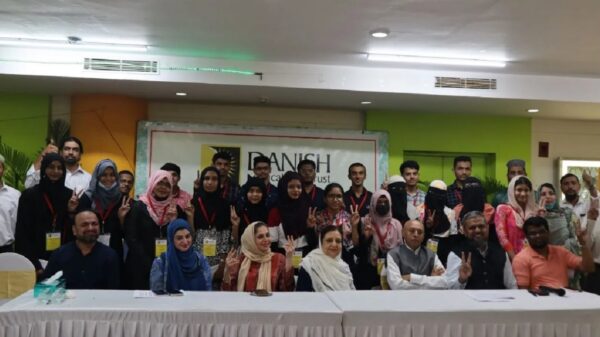As tensions escalated between India and Pakistan last week, a motley group of South Asian journalists here brainstormed for ideas to broker peace between the two nations and concluded that deeper economic dependence holds the key.
“There is no hope for the region till India and Pakistan have bitter relations,” was the common refrain of the 60-odd journalists from six countries — India, Afghanistan, Pakistan, Bangladesh, Nepal and Sri Lanka — at the three-day summit that began last Monday.
The two countries have held back the region, which houses one-fourth of the world’s population, despite having common socio-economic issues like poverty and hunger. It has also made South Asian Association for Regional Cooperation (SAARC) a defunct body.
Currently, the intra-regional trade in South Asia is around $20 billion, which is about one-third of its potential at $54 billion. A study puts the potential at $172 billion by 2020. India’s trade in the region is less than 5 per cent of its annual trade of around $500 billion.
South Asia, which has a strong common culture and history, is the least integrated region in the world despite being the fastest growing region at 6-7 per cent. Journalists felt a lot could be achieved together.
Annual official trade between India and Pakistan is $2 billion, but via Dubai and Singapore it is around $6 billion. Nepal has no trade in the region except with India. Bangladesh has 80 per cent common land border with India, but its textiles are easily found in Europe.
Interestingly, despite the tense Sino-Indian ties, the bilateral trade is witnessing a significant expansion and has increased from $700 million in 2000 to $80 billion in 2019. India and Pakistan, too, can keep aside their differences and work on joint economic progress, the journalists felt.
“South Asia is the fastest growing region but poverty remains pervasive. At 15 per cent, around 250 million people are living below the poverty line. While political harmony is needed, economic interdependence could be a harbinger of peace,” said a senior journalist from Afghanistan.
Though some felt it was easier said than done, the congregation of journalists from one of the world’s most vulnerable regions, brought together by Arizona State University (ASU), realised it was the only option available as the Kashmir resolution was no way near the horizon.
Further, the participants agreed that it was their duty to move away from spreading hatred that the political class are tempted to do, and mould the narrative towards bringing out the commonalities and cover success stories that would bridge the countries in the region.
“There’s lack of knowledge and interest in neighbouring countries. We know more about the US and Brexit than what is happening in the region. World trade has been falling, we need to find that growth within the region,” said an Indian journalist.
However, it was felt that some nations are not yet ready for a wider economic integration, such as Afghanistan and Pakistan that are struggling with major internal issues, like insurgency and terrorism. Yet, other countries have gained much from the integration.
While bilateral trade between Pakistan and Afghanistan fell from $2.7 billion to $500 million in the last 10 years, it doubled between India and Bangladesh during the same period. The FTA between India and Sri Lanka narrowed the latter’s deficit from 10:1 in 2000 to 3:1 now.
Participants also highlighted the urgent need of building blocks, like sea ports and airports, road and rail links and trade facilitation agreements to accelerate economic integration in the region. It can be the third most promising region after ASEAN and European Union, said a journalist.
Global value chains working on the concept of fragmented production process was identified as an idea to boost production, value addition and exports from the region, which otherwise could not have been possible by individual countries catering to world market.
“India’s trade in goods and services grew from 17 per cent of its gross domestic product (GDP) in 1990 to 60 per cent in 2016. It is likely to retain the position of the fastest growing economy for the next couple of decades at 7.89 per cent,” Lee Kuan Yew School professor James Crabtree said.
IANS





